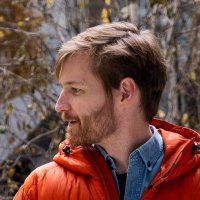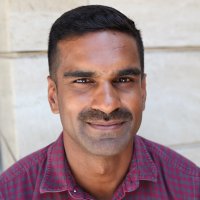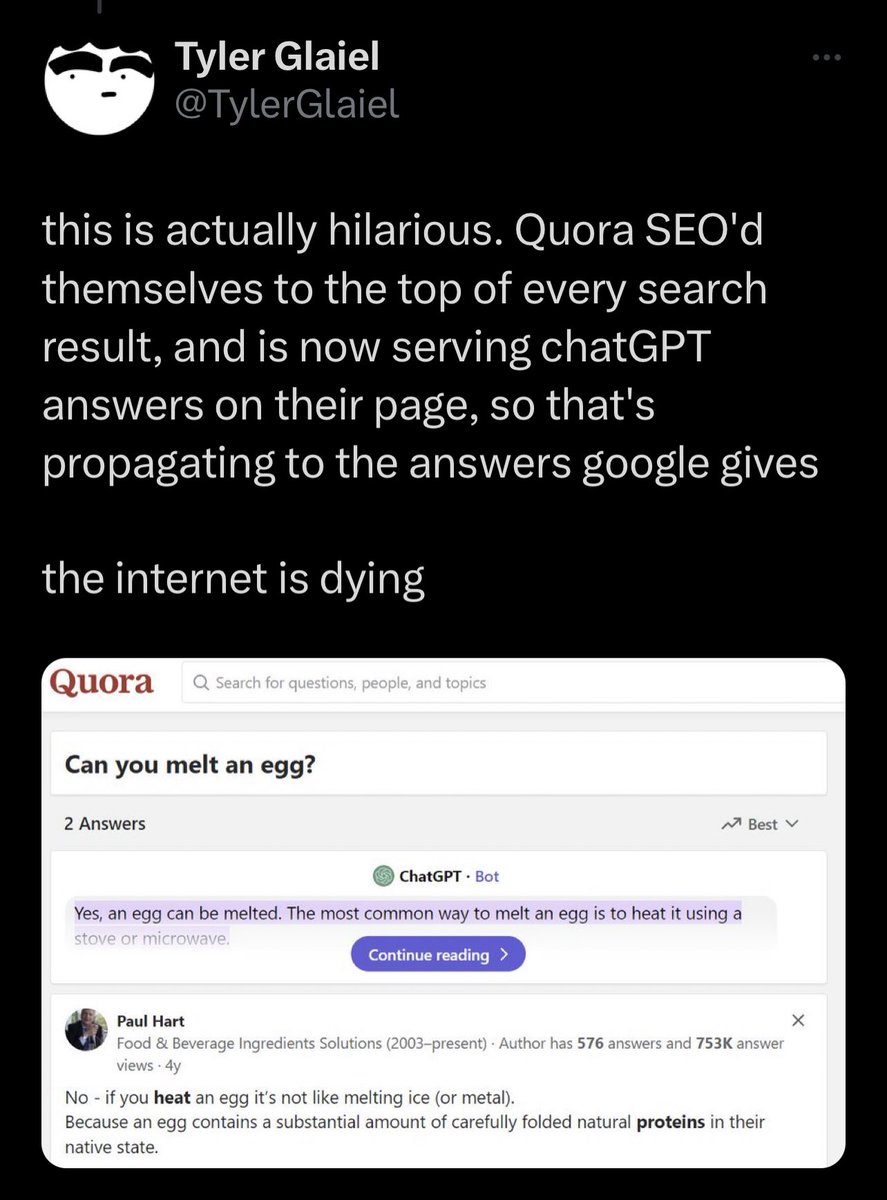
Andreas Bjerre-Nielsen
@andbjn
associate prof. @Economics_UCPH @cph_sodas | topics: education & algorithms | methods: econ. theory, stats & machine learning | dad
ID: 307346772
http://bjerre-nielsen.me 29-05-2011 13:35:14
334 Tweet
710 Followers
415 Following



Last week I received a research grant to push forward research on school admission. We will study Danish high school admissions which provides an excellent setting for our research. Looking forward to get started on this project with Mikkel Gandil ! Stay tuned - soon we’re hiring!




🚨Three weeks left to apply for this PhD position on applied school choice in Copenhagen 🇩🇰 with Andreas Bjerre-Nielsen and Mikkel Gandil🚨 All info: jobportal.ku.dk/phd/?show=1595… 👇👇👇 x.com/andbjn/status/…



Open position at the Pioneer Centre for AI affiliated with DTU Compute as Associate Professor or DTU Tenure Track Assistant Professor in AI. Apply before 1 November, 2023. Read more about the position and apply here: efzu.fa.em2.oraclecloud.com/hcmUI/Candidat…


1/ Qualitative interviews offer unparalleled richness but are rarely used in economics. Let's change that! New WP with Ingar Haaland uses an AI-driven approach to conducting q qualitative interviews, making them scalable, cheap, and ripe for both qualitative and quantitative analysis!


This week at SODAS, Copenhagen (Bluesky: @cphsodas.bsky.social) you can hear about how techniques from eg ChatGPT can help to model and understand human behavior and careers. The talk is by Keyon Vafa in joint work with Susan Athey and David Blei


Hey #econtwitter and job market candidates, we are recruiting at Department of Economics, Lund this year 👇I am chairing the committee for the position in "microeconomics (applied or theory) or financial Economics". Please apply!


Very happy that today I received a Starting Grant from DK Frie Forsk.fond. Together with an amazing group (Laust H. Mortensen, Anna Rogers, René Kizilcec), we will explore the potential for using new digital technology to measure learning and better understand learning.


